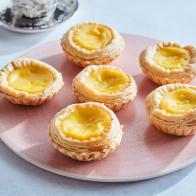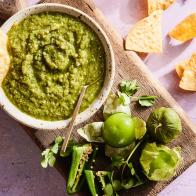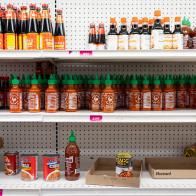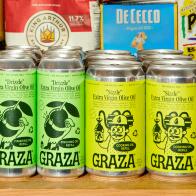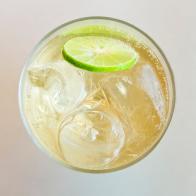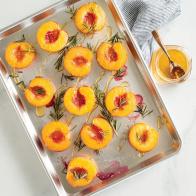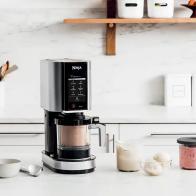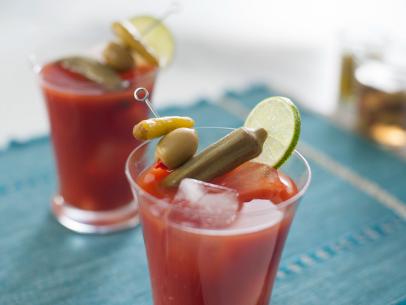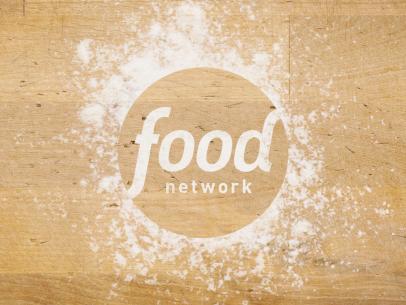
- Level: Easy
- Total: 14 days 35 min
- Prep: 30 min
- Inactive: 14 days
- Cook: 5 min
- Yield: 4 pints
-
- Nutritional Analysis
- Per Serving
- Serving Size
- 1 of 4 servings
- Calories
- 110
- Total Fat
- 1 g
- Saturated Fat
- 0 g
- Carbohydrates
- 19 g
- Dietary Fiber
- 8 g
- Sugar
- 4 g
- Protein
- 5 g
- Cholesterol
- 0 mg
- Sodium
- 1093 mg
- Level: Easy
- Total: 14 days 35 min
- Prep: 30 min
- Inactive: 14 days
- Cook: 5 min
- Yield: 4 pints
-
- Nutritional Analysis
- Per Serving
- Serving Size
- 1 of 4 servings
- Calories
- 110
- Total Fat
- 1 g
- Saturated Fat
- 0 g
- Carbohydrates
- 19 g
- Dietary Fiber
- 8 g
- Sugar
- 4 g
- Protein
- 5 g
- Cholesterol
- 0 mg
- Sodium
- 1093 mg
Ingredients
Directions
- Wash the okra and trim the stem to 1/2-inch. Place 1 chile, 1/2 teaspoon mustard seeds, 3 sprigs of dill, 1 clove of garlic and 1/4 teaspoon peppercorns in the bottom of each of 4 sterilized pint canning jars. Divide the okra evenly among the 4 jars, standing them up vertically, alternating stems up and down.
- In a medium saucepan over medium heat, bring the salt, vinegar and water to a boil. Once boiling, pour this mixture over the okra in the jars, leaving space between the top of the liquid and the lid. Seal the lids. Set in a cool dry place for 2 weeks.
- *Tips on Sterilizing Jars
- Properly-handled sterilized equipment will keep canned foods in good condition for years. Sterilizing jars is the first step of preserving foods.
- Sterilizing Tips:
- Jars should be made from glass and free of any chips or cracks. Preserving or canning jars are topped with a glass, plastic, or metal lid, which has a rubber seal. Two piece lids are best for canning, as they vacuum seal when processed.
- To sterilize jars, before filling with jams, pickles, or preserves, wash jars and lids with hot, soapy water. Rinse well and arrange jars and lids open sides up, without touching, on a tray. Boil the jars and lids in a large saucepan, covered with water, for 15 minutes.
- Use tongs when handling the hot sterilized jars, to move them from boiling water. Be sure the tongs are sterilized too, by dipping the ends in boiling water for a few minutes.
- As a rule, hot preserves go into hot jars and cold preserves go into cold jars. All items used in the process of making jams, jellies, and preserves must be clean. This includes any towels used, and especially your hands.
- After the jars are sterilized, you can preserve the food. It is important to follow any canning and processing instructions included in the recipe and refer to USDA guidelines about the sterilization of canned products.
